Overview
If you missed Part 1 of this series, go give it a read — it covers five all-too-common mistakes that off-roaders make (and how to dodge them):
👉 5 Costly Oversights Every Offroader Can Easily Prevent (Part 1)
But that was just the beginning.
Because the truth is, the trail has no shortage of hidden traps — the kind you only learn about when something breaks, rattles loose, or leaves you stranded halfway through a crawl. That’s why we’re back with Part 2: another five real-world oversights we’ve seen wreck otherwise rock-solid builds.
These are the fixes that cost little and protect a lot — especially if you’re running older rigs, wheeling doors-off, or building out a gladiator jt forum-inspired setup with fresh jeep wrangler jl aftermarket parts or toyota 4runner parts.
In this next round, we’re dialing in on trail-prep details most folks overlook — frame integrity, fire safety, aging body mounts, and night run visibility. Simple, game-changing stuff you’ll wish you’d handled sooner.
Why These 10 Oversights Matter: The True Cost of Neglect
Out there on the trail, every shortcut you take has a price tag, whether you see it today or not. Maybe you’ve watched someone’s brand-new rig — decked out in shiny jeep wrangler armor and a lift taller than a bar stool — crumple its steering box in the first mile because nobody braced it. Or you’ve seen a guy in a toyota 4runner accessories build drag his brake hose like a party streamer until it finally burst, right before the steepest descent of the day.
Neglect is a cruel teacher. It waits for you in the worst moments, and then cashes in when you least expect it — out of cell range, on a dark trail, with no rescue in sight. It doesn’t care if you’ve polished your jeep wrangler jl accessories or bolted up the latest toyota tacoma aftermarket accessories. If you skipped the basics, neglect will find you.
Yet what makes these oversights sting most is how laughably simple they are to fix. We’re not talking about swapping your transmission in the sand. We’re talking about twenty minutes with a steering brace, or a weekend adding jeep body armor to shield your undercarriage from baseball-sized rocks. Or replacing that tired old battery tray with a jeep dual battery tray so your fridge doesn’t kill your starter battery halfway through a weekend trip.
Because here’s the punchline: the solutions aren’t rocket science. They’re shockingly easy. And after you see what these ten mistakes can do to your rig, you’ll realize prevention isn’t a burden.
It’s the best insurance you’ll ever buy.

The Top 5 Oversights Explained
Missing Frame Plate Reinforcements on Older Rigs
When you take a decades-old frame and throw modern torque at it, something’s going to give. And it’s almost always the steel around high-stress zones — steering box, lower control arm mounts, and rear leaf spring shackles.
Here’s the truth: rigs like the jeep wrangler tj parts, jeep cherokee xj aftermarket parts, and jeep yj aftermarket parts were never designed for 37s, lockers, or long-arm kits. Even a modest trail build puts 3–5× more torsional stress into the frame than the engineers planned for in the 90s. The result? Weld cracks, steering box flex, mount deformation, and in extreme cases — full frame rail tearing.
What causes it? Lateral force from steering inputs, torque from crawling in 4-low, and repeated articulation without cross-frame support. Older frames — especially C-channel designs — twist under load. Without reinforcement, they fatigue like bending a paperclip over and over.
Add frame plates, and everything changes. The boxed strength prevents torsional flex. It distributes force across the full rail. And it gives your upgrades — like that jeep gladiator bed, tacoma custom parts, or wrangler jl accessories setup — a foundation that can actually take the abuse.
If you’re building a rig to last, don’t just bolt on armor. Reinforce the bones first. Because nothing kills a build faster than a cracked frame you didn’t see coming.
Forgetting a Fire Extinguisher Bracket Install
You never think it’ll be your rig. But it happens — usually in the quiet moments after a winch pull or hard climb. Smoke seeps out from under the hood. You pop the latch. Your hand reaches for the extinguisher… but it’s lost somewhere in the back seat, or worse — still at home in the garage.
Off-road vehicle fires don’t erupt — they smolder. A pinched wire. A bit of ATF on a hot pipe. A frayed ground near the battery. All it takes is a few seconds and no extinguisher in reach. And if you think carrying one is enough, this clip proves it isn’t — the fire doubles before anyone can even grab the bottle.
Fact is, a fire extinguisher without a proper bracket is just cargo. And fire doesn’t care whether you’re hauling jeep cherokee xj accessories, customizing ford broncho parts and accessories, or crawling in a toyota 4runner aftermarket parts setup. If your extinguisher isn’t secure and visible, you’ve already lost precious seconds.
That’s why a quick-access fire extinguisher bracket is essential — it mounts where you need it, stays put through bumps and rolls, and gives you the speed that might just save your build. Explore fire extinguisher bracket review here.
Overlooking Body Mounts After Years of Trail Abuse
There’s nothing flashy about body mounts — which is exactly why so many off-roaders ignore them. But after a few years of trail abuse, your rig starts talking: doors don’t shut right, the cab squeaks over bumps, and you start feeling every rock like it’s punching straight through the floor. That’s not your suspension failing — it’s your body mounts collapsing.
OEM rubber mounts degrade fast under trail conditions. Mud, heat, torque, and flex distort them over time. Eventually, your cab starts shifting off-axis, which stresses hard-mounted parts like exhausts and radiators. Doesn’t matter if you’re rocking jeep cj body parts, jeep wrangler parts jk, or a full gladiator jt build — weak mounts warp alignment, ruin ride quality, and crack expensive components.
In testing, old mounts can lose over 50% of their compression strength after just five years. That means your body is floating — uncontrolled — above the frame. For toyota tundra accessories or gm truck accessories rigs with added weight, it only gets worse.
A fresh set of body mounts brings the whole rig back into alignment. The cab sits right. The ride quiets down. And your upgraded jeep yj aftermarket parts or ford accessories broncho don’t get torn apart by vibration and frame shift. It’s the upgrade you don’t feel — until everything feels better. Explore body mount replacements here.
Missing Mirror Brackets for Doors-Off Trail Riding
You finally pull the doors on your rig and feel that sweet breeze roll through the cab — nothing beats it. But one look in the side view and… nothing. Just the blur of a tree line and your rear fender. No mirrors. No awareness. And in some states, no street legality either. We see this all the time on jeep wrangler jl aftermarket parts builds or modded jeep wrangler jk aftermarket parts setups: the doors come off, but nothing replaces the mirrors.
From a legal and safety perspective, it’s not just a technicality — it’s a visibility issue that puts your trail crew, pedestrians, and other rigs at risk. In fact, Quadratec’s legal guide breaks down what each state requires when you go doors-off. Spoiler: most of them demand side mirrors, especially if your center rearview is blocked by a spare tire or trail gear.
And here’s the kicker — when mirrors are removed and not replaced with a mirror bracket, every lane change becomes a gamble. Add trail dust, low sun glare, or a tight switchback, and you’re practically driving blind. Even a beautifully built jeep wrangler parts jk or jeep gladiator bed setup becomes a liability when your situational awareness disappears.
But with a solid pair of bolt-on mirror brackets, the doors-off experience goes from sketchy to secure. You keep your trail visibility, stay legal in the states that care, and add a clean, rugged touch that actually enhances your build. That’s one of those tiny upgrades that punches way above its weight — and proves its value every time you shoulder check into a tight merge.
Neglecting Shackle Reversal Systems on Leaf-Sprung Builds
You lift your leaf-sprung rig — maybe you’re running classic jeep yj aftermarket parts or tuning up with cj jeep parts and accessories — and everything seems golden. But then you hit a steep drop, the front end dives, and the front shackle flips forward like a slingshot. Now your suspension binds, your steering goes squirrelly, and your front axle starts walking under the frame. Not exactly the clean line you pictured.
That’s where a shackle reversal system matters. On rigs like older Jeeps or classic ford broncho parts and accessories builds, the factory setup puts the shackle in front of the leaf spring. Sounds fine until the front suspension needs to compress under load. That forward-facing shackle resists the motion, creating a stiff, unstable ride — especially downhill, where you need it most. Even worse, it can shift geometry so badly that your steering alignment changes mid-trail.
Put simply, a front-facing shackle acts like a mechanical contradiction: it wants to travel forward while your suspension wants to move backward. A reversal system relocates the shackle to the rear, where it can freely swing and allow smoother compression. It improves ride comfort, trail handling, and suspension durability — particularly on leaf-sprung jeep wrangler tj parts or jeep cj body parts builds.
So if your front end keeps feeling twitchy on descents, or your leaf setup rides like a bucking mule, this is the mod that calms everything down. It doesn’t just fix a problem — it changes the entire feel of the trail.

Final Thoughts
The thing about off-road mistakes is… they never seem that serious until they are. What starts as “I’ll deal with that later” turns into a busted mount, a snapped bracket, or a weekend recovery that didn’t have to happen.
This list isn’t about being paranoid — it’s about being prepared. And sometimes, being prepared just means not skipping the little stuff. Because those little things? They’re usually what makes or breaks the whole build when the trail gets real.
If any of these five hit close to home, now’s the best time to fix it. And if you missed the first part of this series, go check it out — we covered five other mistakes that can wreck your rig faster than you’d think:
Stay sharp. Stay humble. And we’ll catch you back here next time with more ways to keep your rig rolling strong.
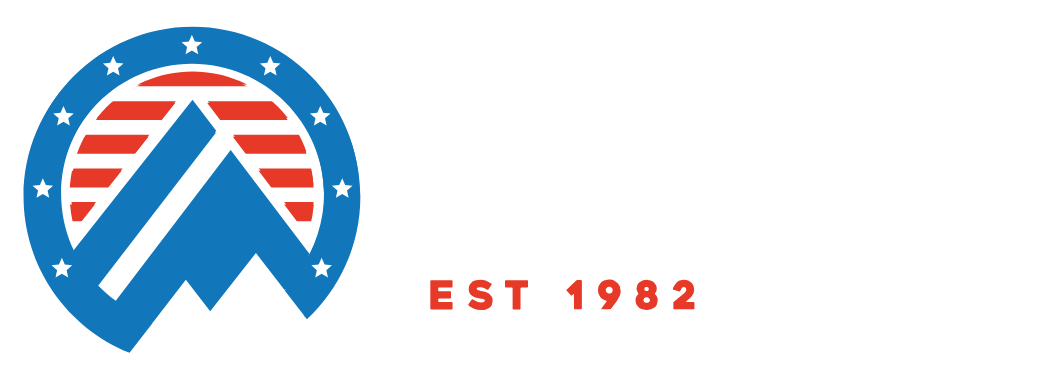
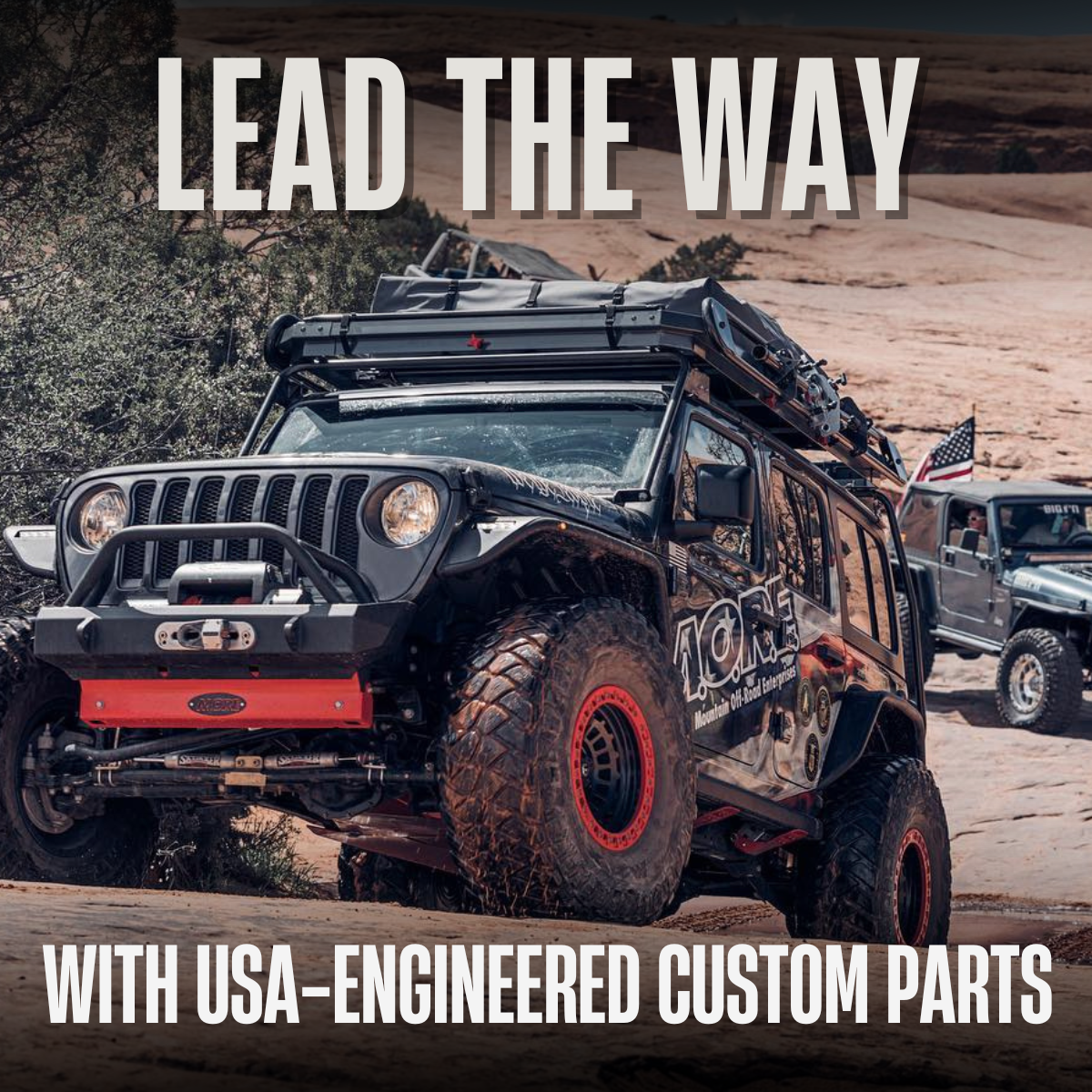
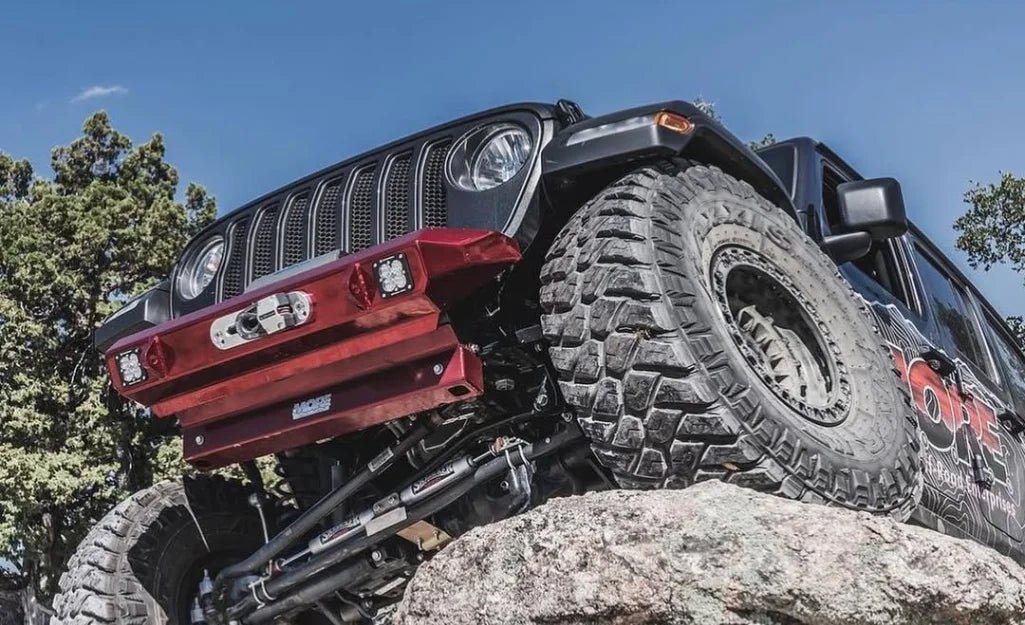
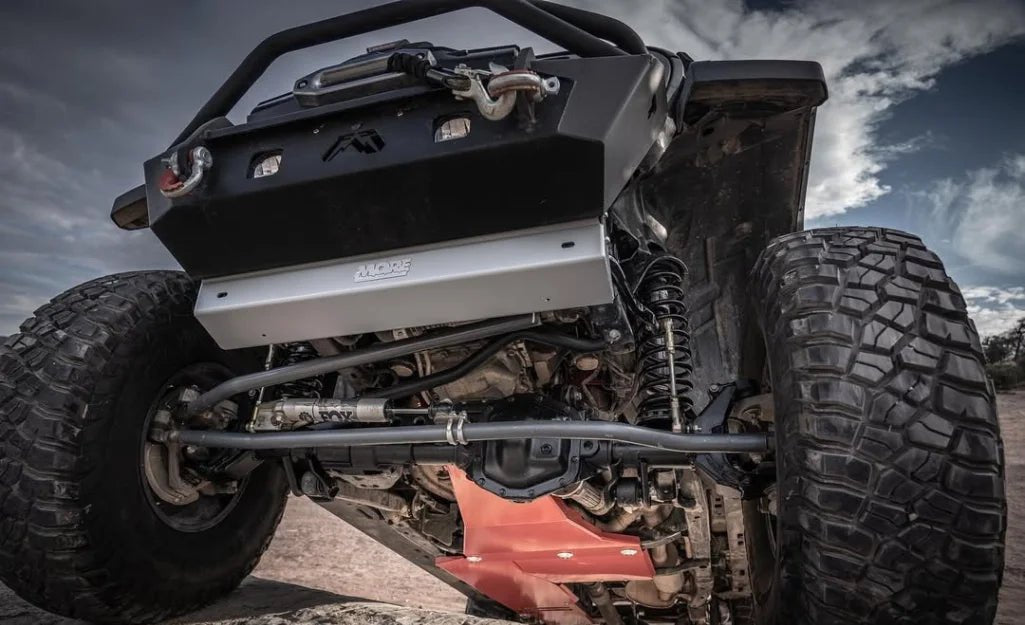
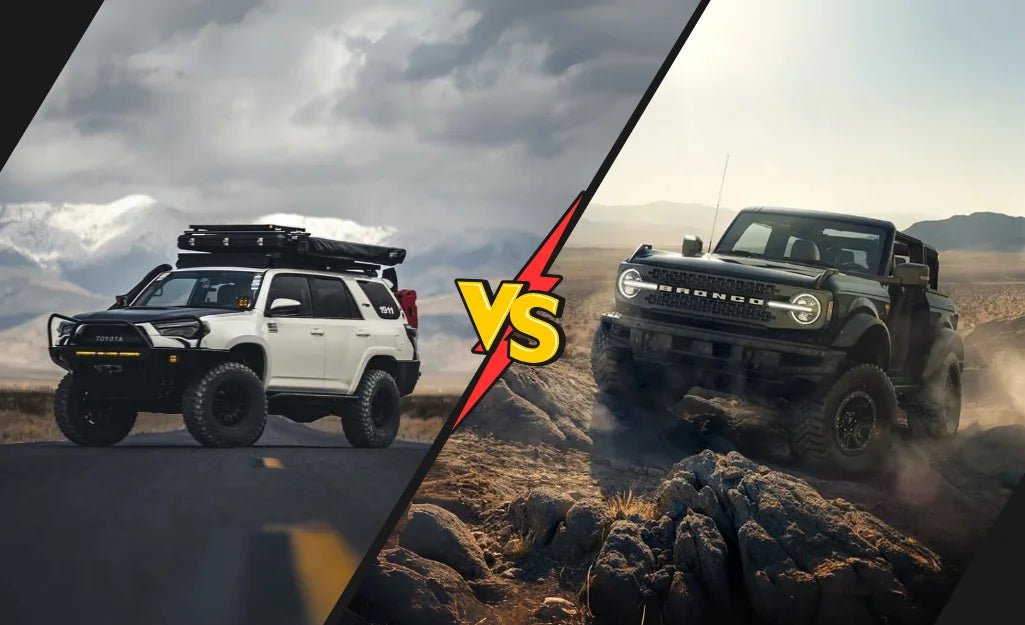
Leave a comment
This site is protected by hCaptcha and the hCaptcha Privacy Policy and Terms of Service apply.